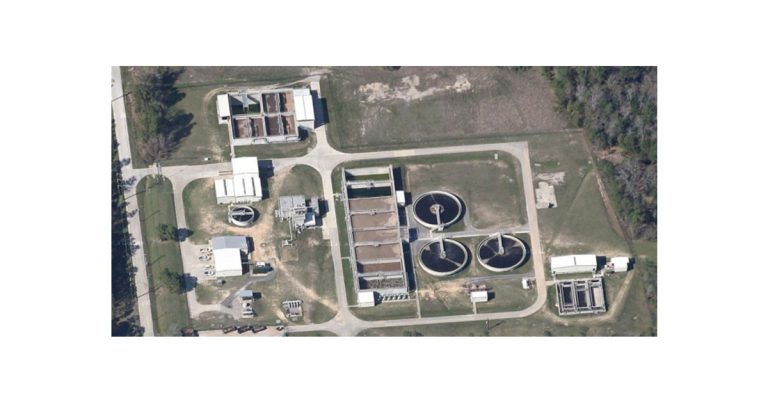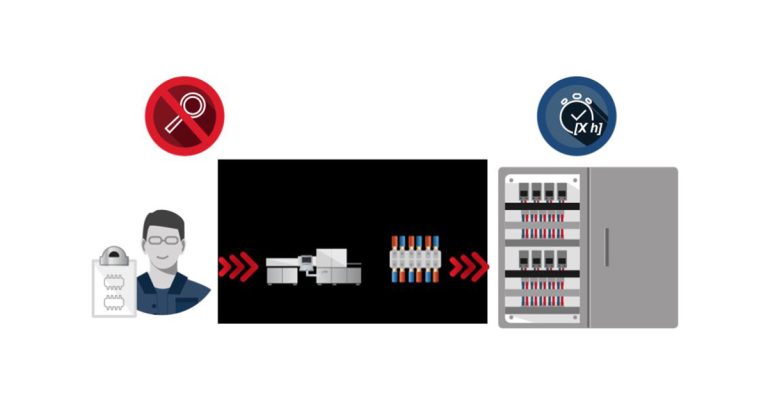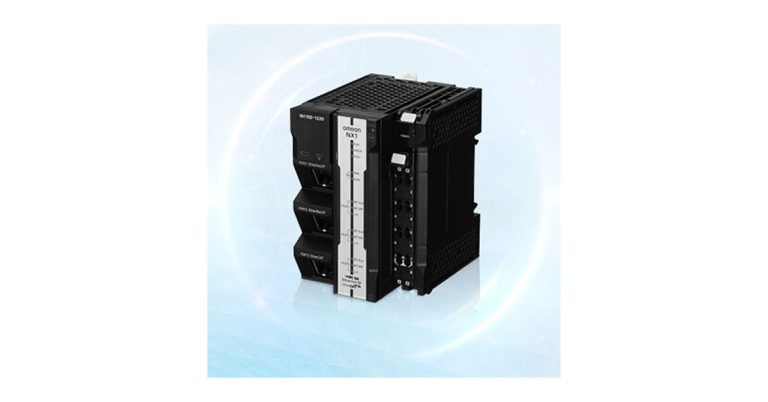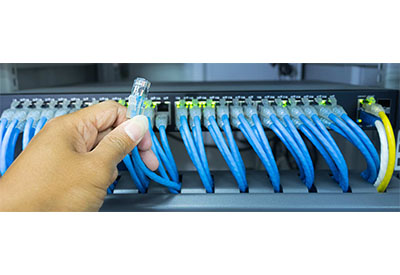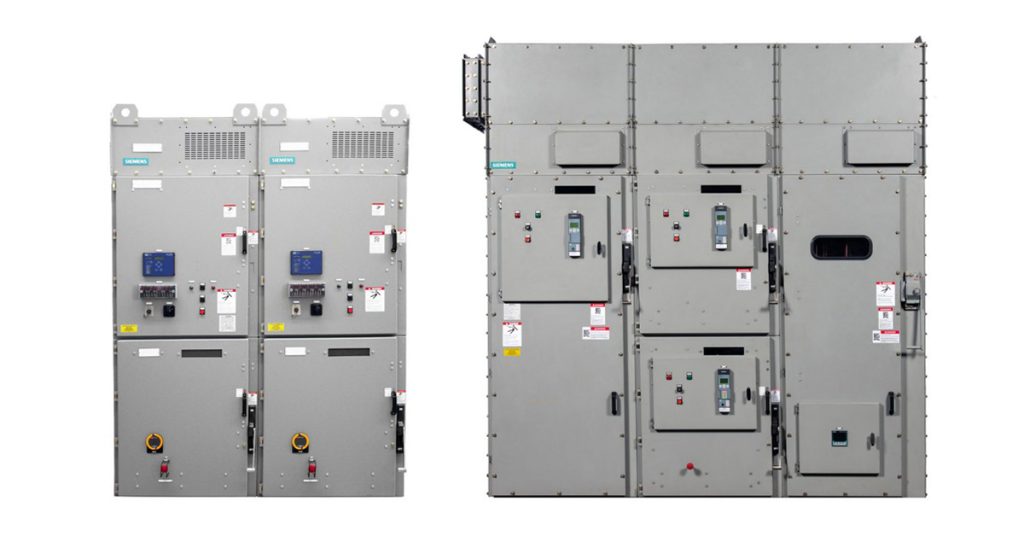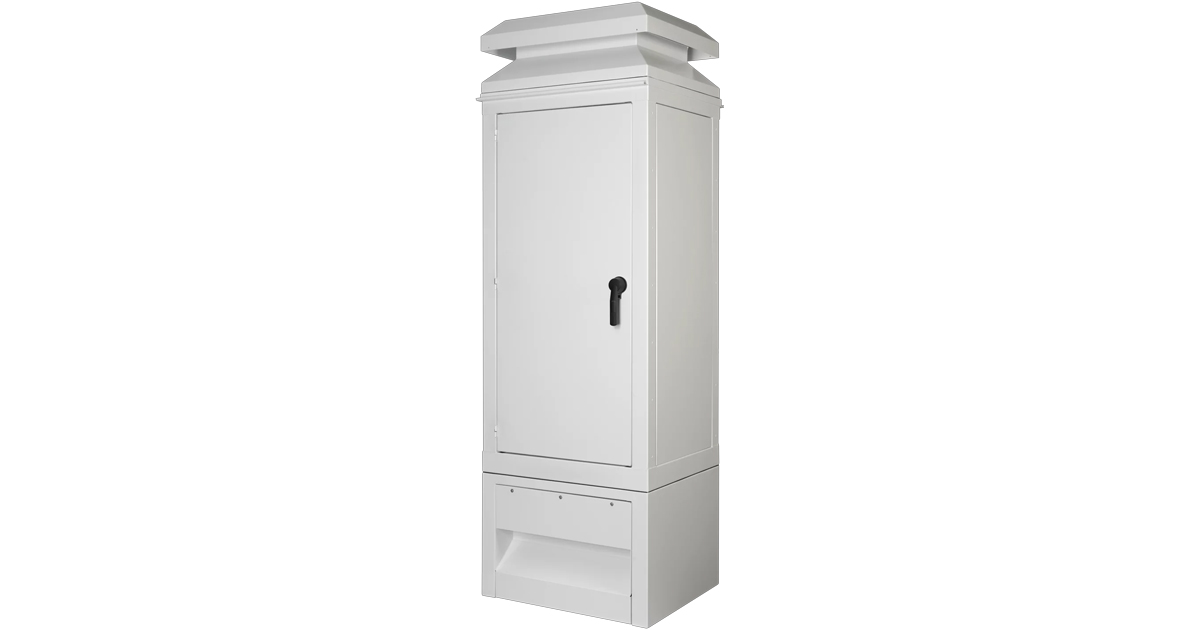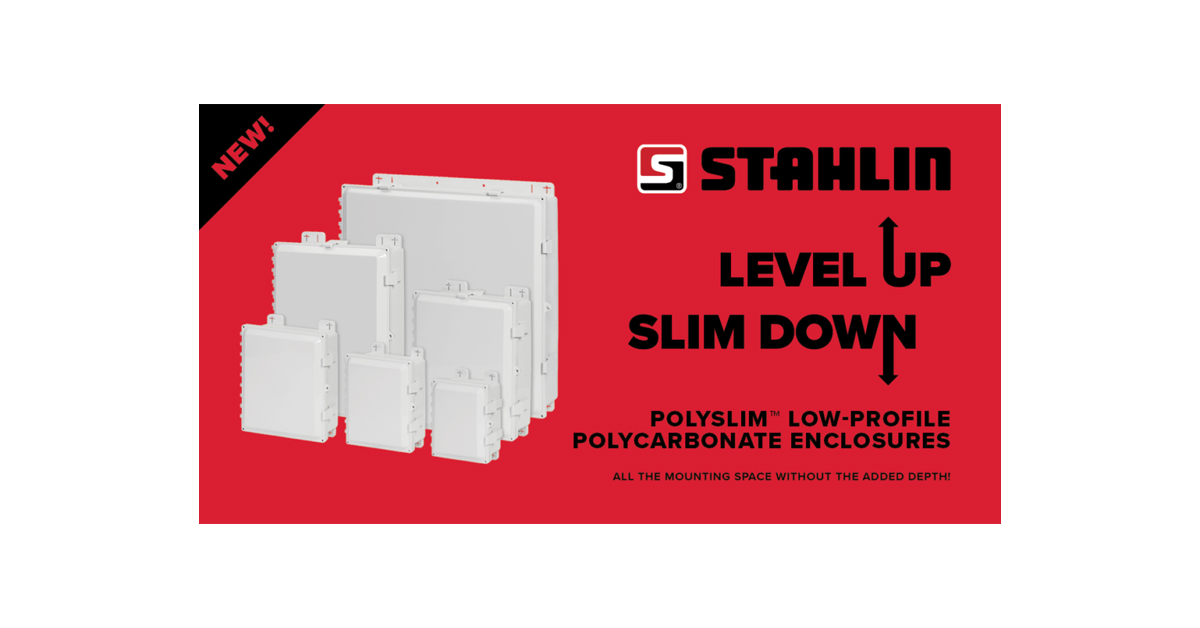Why Is the IEC 61131 the Standard Programming Language in Open Architecture Control Systems?
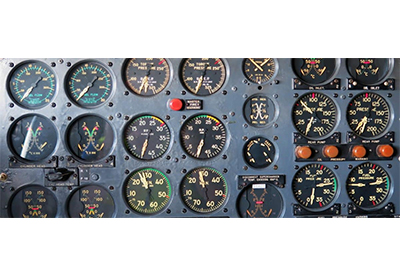
October 20, 2021
First released in 1993, the International Electrotechnical Commission’s IEC 61131 programming standard remains a key element in the programmable logic controllers (PLCs) used in a variety of industries across the globe. The IEC 61131 standard is especially useful in Open Architecture control systems, which use standard programming languages to operate efficiently, accurately, and cost-effectively. Here are some of the benefits of IEC 61131 and how it plays an integral role in Open Architecture control systems.
Open Architecture Control Systems
Open Architecture control systems make adding and upgrading software components easier, which allows third-party vendors to improve their current systems. Upgrading to an Open Architecture control system offers owners and operators several benefits, including costs that are lower than switching to a proprietary system, reduced inventories of spare parts, and simplified maintenance and service requirements. Open Architecture control systems offer a more mature overall design than original systems, lower support costs due to their self-servicing capabilities, and higher standards for software and functionality than original systems. Plus, because Open Architecture control systems use the same controller as other control systems, they also provide increased flexibility for owners.
The Development of IEC 61131 and Its Programming Languages
In developing the IEC 61131 standard, the International Electrotechnical Commission identified five programming languages as the most common for a variety of programmable controllers. The IEC 61131 standard’s languages have been adopted across industries in response to a larger field of automation vendors, increased application complexity, and more diverse methods for implementing various control functions. The IEC 61131’s five programming languages are Ladder Diagram, Instruction List, Function Block Diagram, Structured Text, and Sequential Function Chart. Each language has advantages and disadvantages depending on a control engineer’s desired application.
For example, Ladder Diagram has the advantages of universal language acceptance and increased ease of changing code, while Instruction List and Structured Text offer European acceptance and increased PLC ease of execution. Structured Text is also much easier for controls engineers to learn and use, and it allows complex mathematical operations to be implemented with ease. Sequential Function Chart makes final user maintenance simpler and is especially useful in applications that contain repeating processes or processes with interlocks and concurrent operations.
The Benefits of the IEC 61131 Standard in Open Architecture Control Systems
PLCs that use one of the IEC’s programming languages are beneficial in several ways. Users and vendors can expect less waste of human resources thanks to decreased training, debugging, and system maintenance times. The software will also experience fewer errors and increased performance. Controllers from different locations, projects, or companies can be used together harmoniously. And thanks to IEC 61131, various programming techniques are now applicable in a wider range of environments with more connectivity, which helps protect investments.
For decades, Petrotech has provided clients across industries with innovative and reliable control systems and turnkey services. Our products help improve efficiency while decreasing waste and downtime in a variety of settings, including oil production rigs, processing plants, hydroelectric power plants, and other facilities.
![]()

